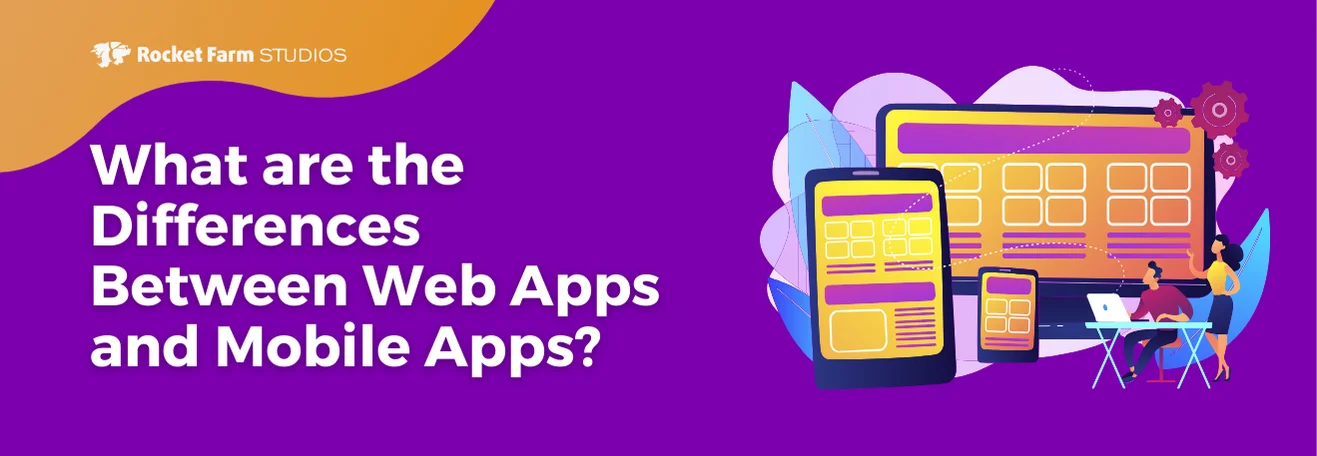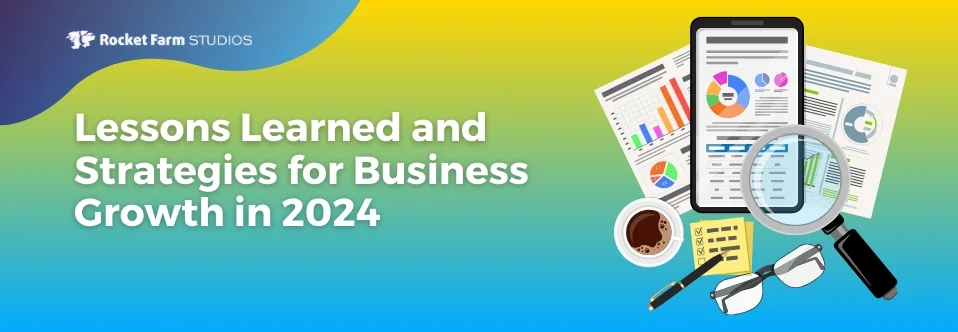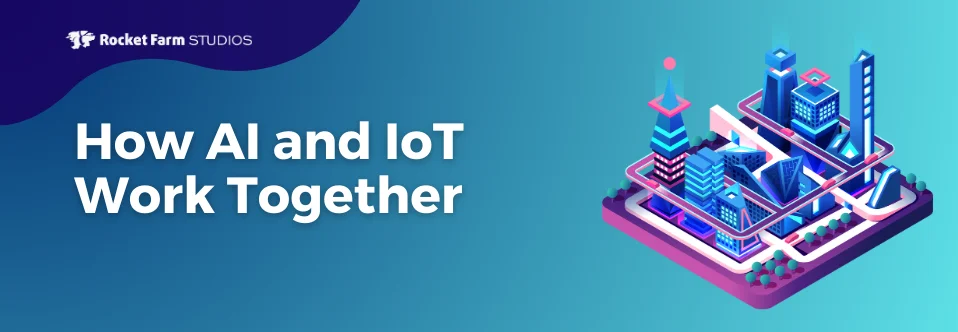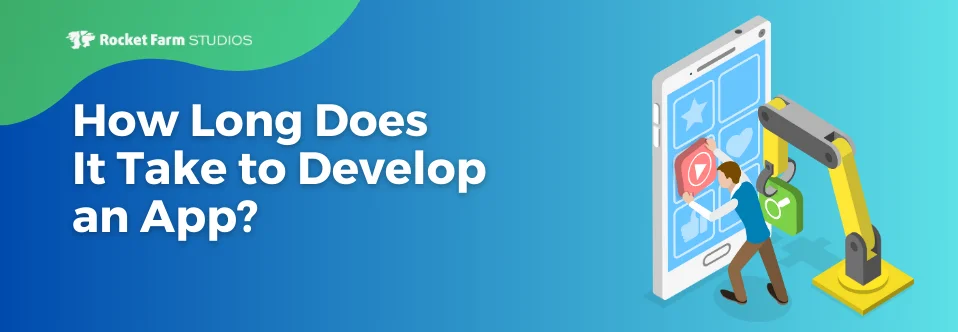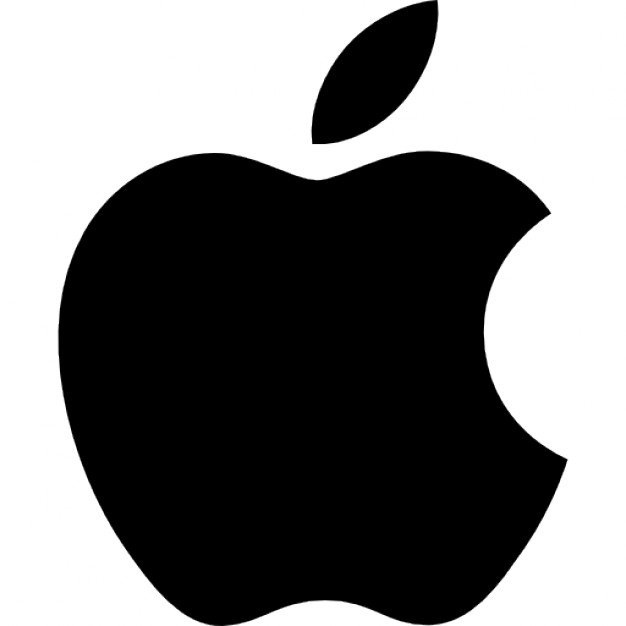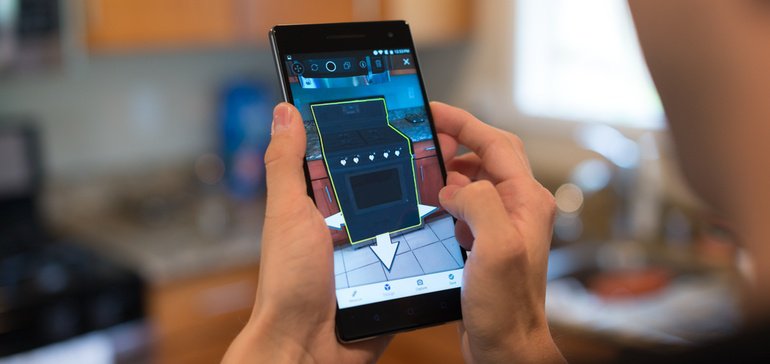
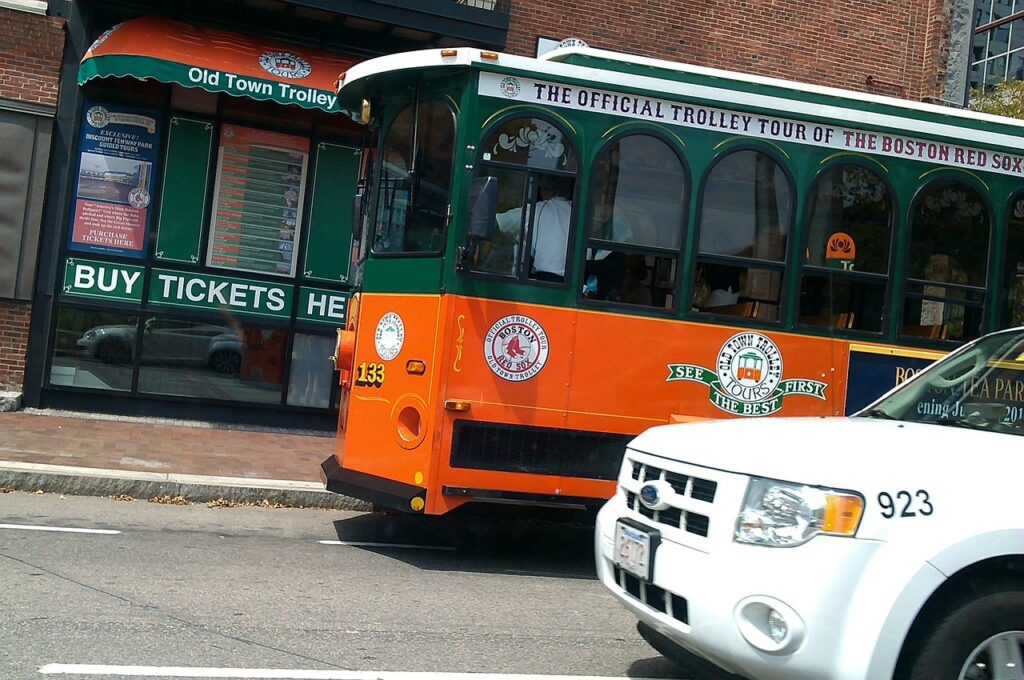
If you’ve ever lived, run a business, or even just visited Boston, you’ve probably lamented this at least a hundred times: transportation. From the subway to traffic to the never-ending construction, getting around the city is often a headache. It’s the classic example of a glorious mess. And because of that, it’s the perfect city to see a real impact from mobile tech solutions. Let’s look at four examples of mobile and Internet of Things (IoT) technology that is reshaping how Boston gets around.
1. Public transportation ridership increases due to mobile app
A recent study by the American Public Transportation Association showed that public transportation usage is down all across the country except for just a few places, and Boston is one of them. Govtech.com asserts that when a city embraces technology, it can buck the downward trend of ridership:
In Boston, commuter rail ridership increased more than 3.5 percent while transit overall grew by 1.4 percent. A big factor behind this growth is the city’s commitment to making the transit experience more seamless for riders. For example, open sourcing the city’s data has led to better services available to riders. Now, companies are able to develop smartphone apps that inform riders of estimated arrival times and delays, a service previously unavailable.
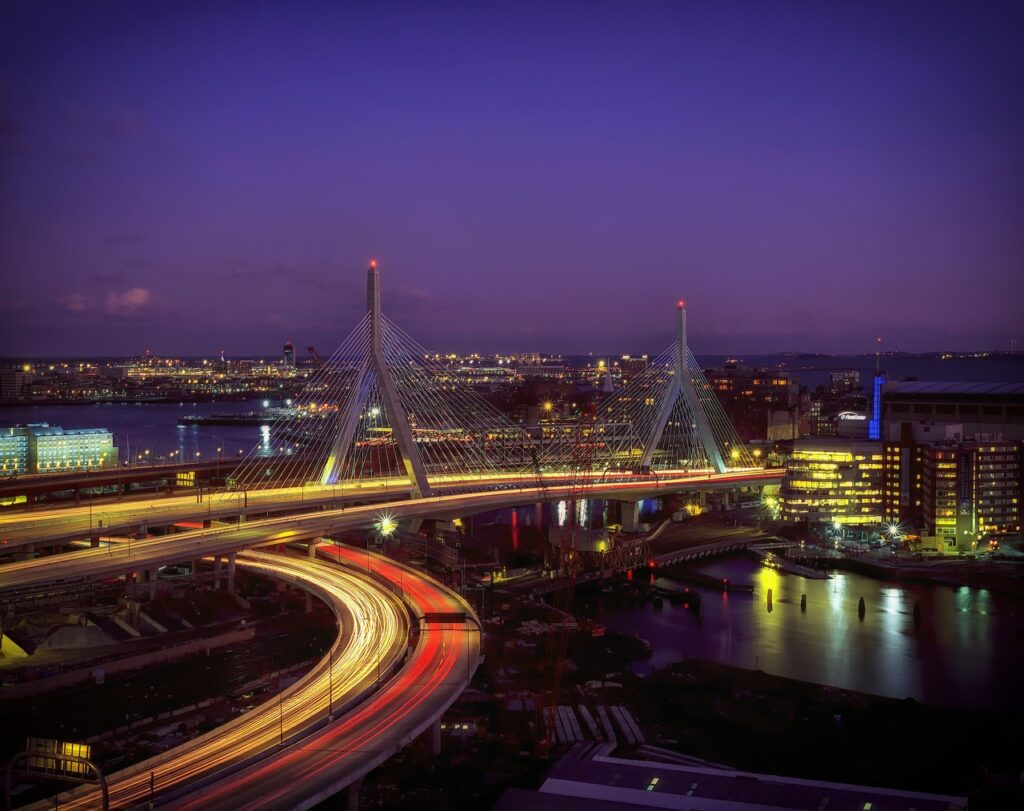
The article goes on to say that mobile ticketing on Boston’s commuter rail has helped increase patronage, and also points to New York City’s public transportation success from investing in tech solutions. As these dense cities become even more populated, and with an eye for environmentalism, smart implementation of IoT technology seems to be the key to getting people on buses and trains and out of their cars.
2. Smarter cars mean safer driving
Boston road were basically old cow trails that were paved over when new fangled motorized carriages came into fashion. That’s why nothing makes sense and it’s a city full of weird left turns and one way streets. Add in the new problem of distracted driving and the city is seeing a surge of car accidents.
Distracted driving is a very bad use of tech. On the side of the angels though are companies pushing to bring more driverless vehicles to the city’s streets. And it’s no easy task as nuTonomy is learning as they expand to denser areas of Boston Metro:
Even though the sheer miles of roadway [are] not massive, the increase in complexity is enormous,” said Matt Wansley, nuTonomy’s general counsel.
Teaching a computer to drive in Boston might be akin to achieving the Singularity, but despite the steep learning curve, experts think we’re just five or so years from seeing this happen. This will usher in less congestion, reduced emissions, and most importantly dramatically reduced car accidents. Mobile driving tech and a more connected city that can accommodate the demanding IoT requirements are needed, but we should expect to see a drastic change to how Boston drives within the decade.
3. Tech can help taxi drivers compete, if we let them

Uber, Lyft, and other ride-share apps have taken over busy cities like Boston, and it’s no secret that this change has left many taxi drivers out to dry. Now, they’re fighting back with mobile tech solutions of their own to help them compete in a mobile-first world.
CabFare is an app that “allows a passenger, once inside a cab, to automatically record the trip and pay the fare electronically, via a Bluetooth connection between a smartphone and a device the company is distributing to participating drivers.” It has the potential to greatly improve the customer experience during the traditional act of hailing a cab on the street; something that Uber and Lyft can’t do.
Unfortunately, Boston regulators have banned CabFare from being used to pay for taxi rides “because the company is not using one of the two approved credit card processors for city taxis,” and this highlights a problem that mobile tech will run into over and over again: legislation.
Keep in mind, this tech promises to be a win/win for the taxi drivers who expect to see an uptick in ridership, and for customers who will have improved options. This will also drive competition between taxis and ride-share companies which is always good for the customer. Disruptive technology like this will always butt against old legislation and ways of thinking, so it’s up to voters and a government that embraces tech solutions to help shape a better transportation future.
4. Mobile tech that is socially conscious
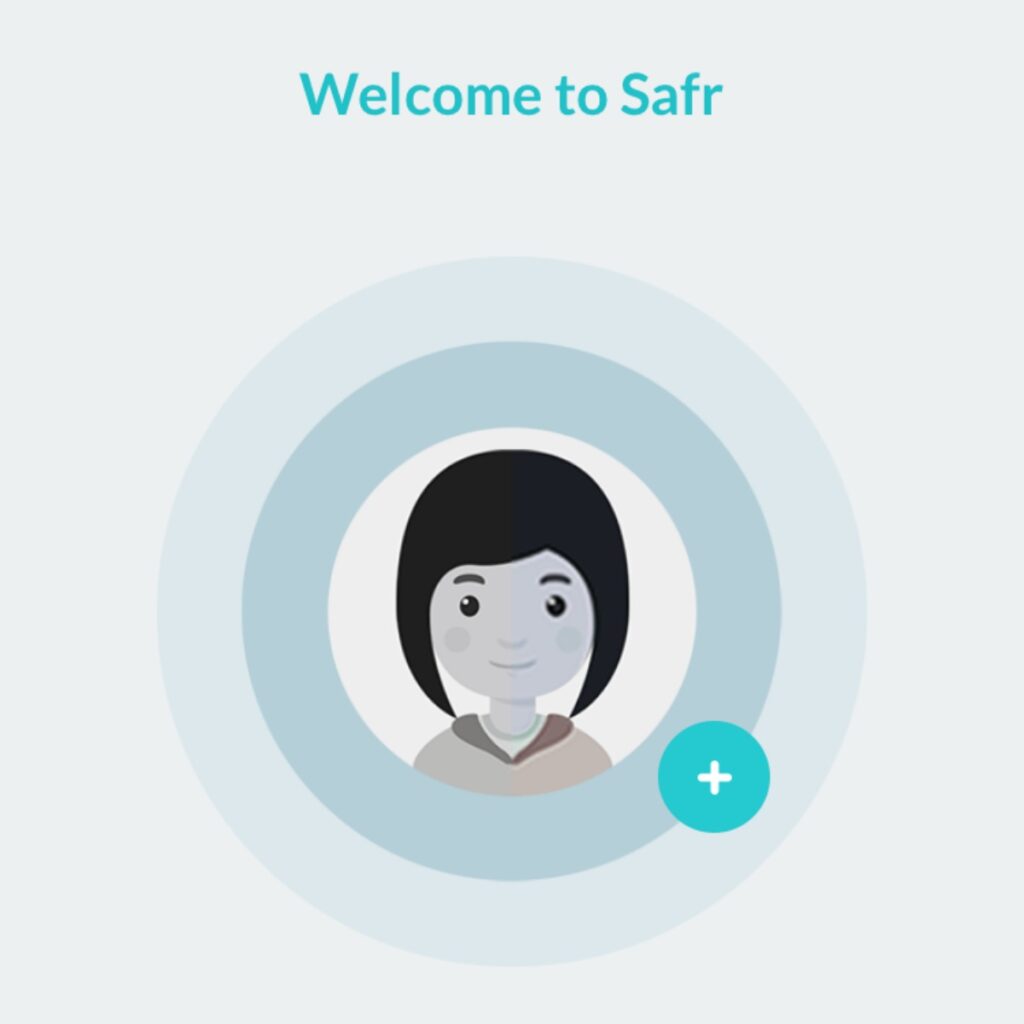
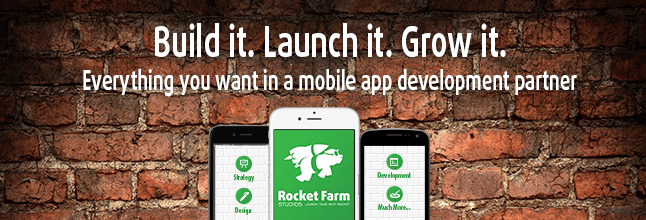
Speaking of embattled Uber, many commuters have decided to forego the convenience of the ubiquitous ride-shape company due to a slew of issues. The worst of these issues have caused female users to flee in droves because they no longer feel safe using the service.
That’s where Safr comes in, which is basically Uber for women that only hires female drivers (though any gender can hail a ride). Not only does it provide a layer of security as women are much less likely to sexually assault a customer, but it provides more jobs for more women who typically earn “34% less than their male counterparts.“
Transportation isn’t just about efficiency and cost. It should also be comfortable and safe for all parties involved. We hope to see more and more tech companies cater to different groups of people with different needs like Safr is doing in Boston, to show that mobile technology isn’t just about ROI, it should aim to improve lives in general.
We are living in an exciting time (and place!) as we witness how mobile technology changes how we move from point A to point B. Now, if we can just teach robots to find parking after a Nor’easter, we should be all set.



